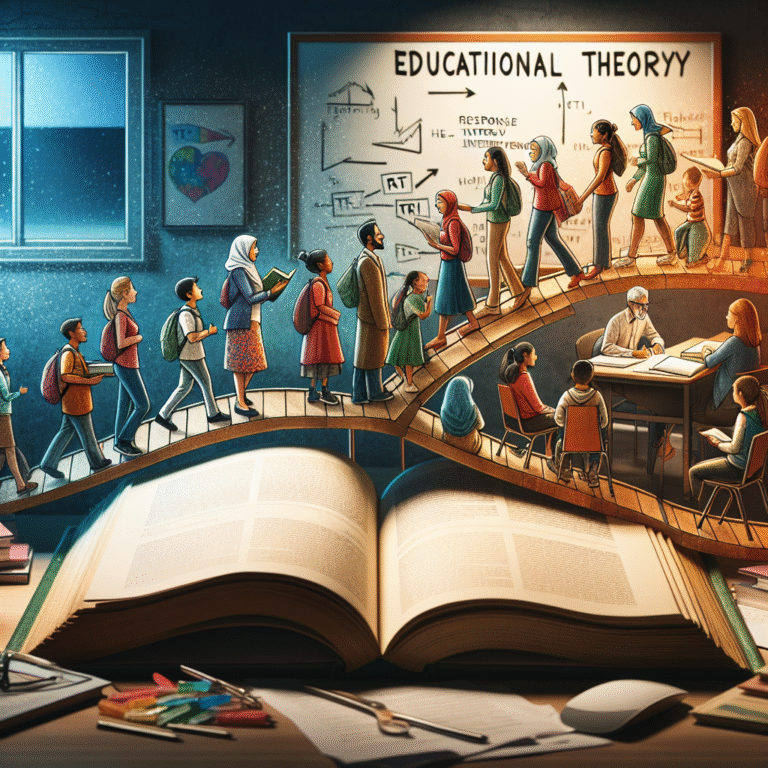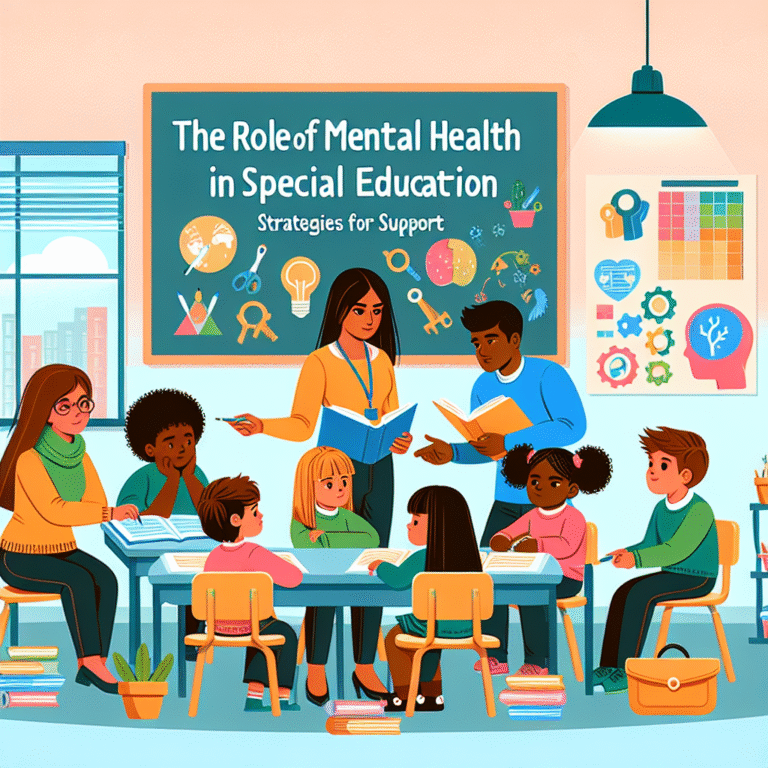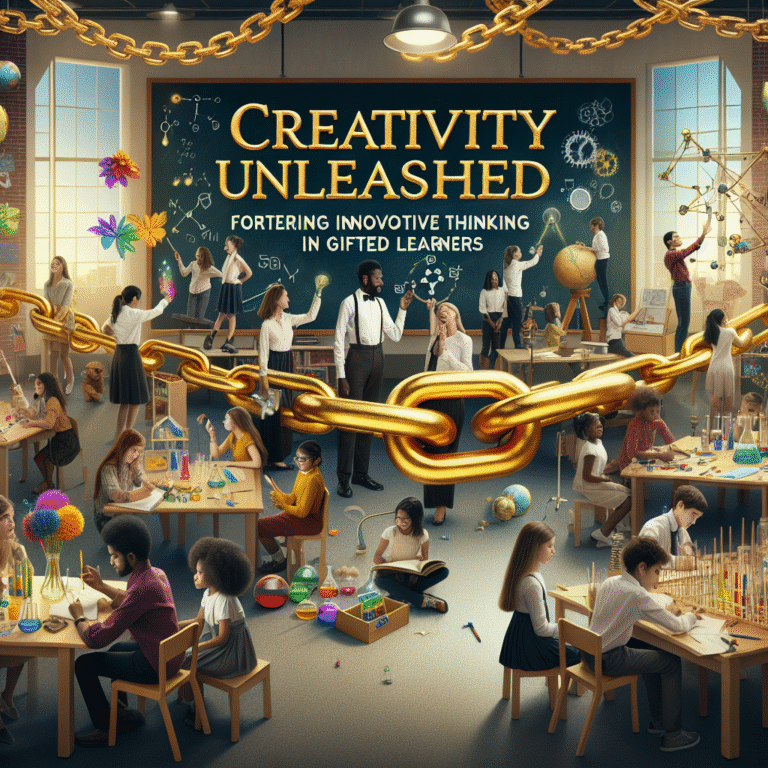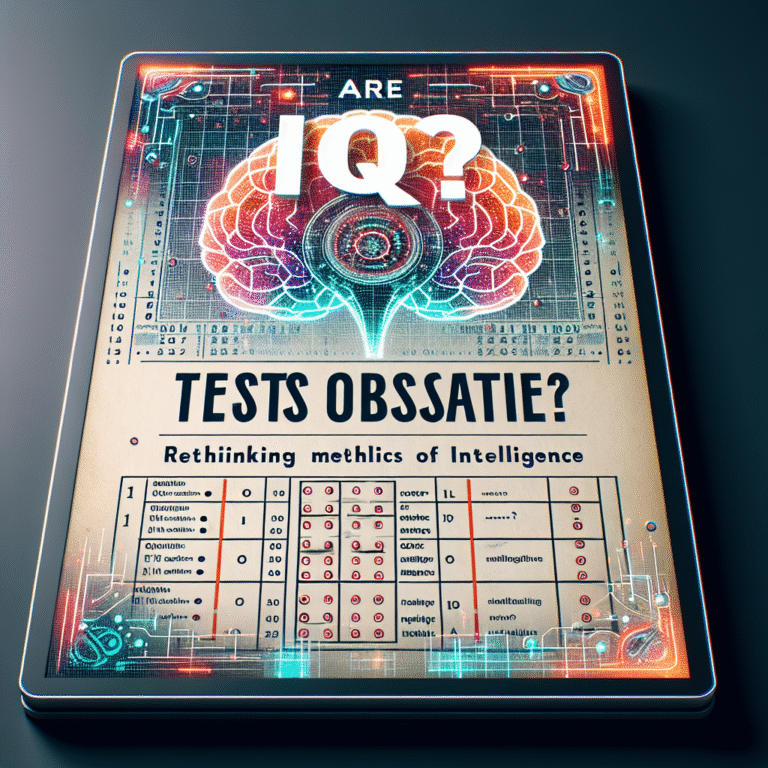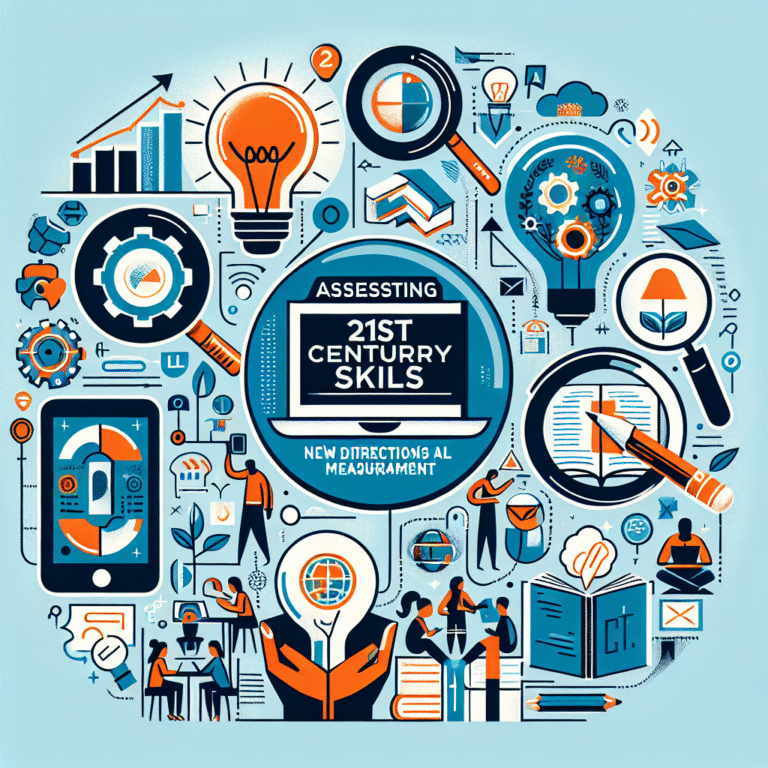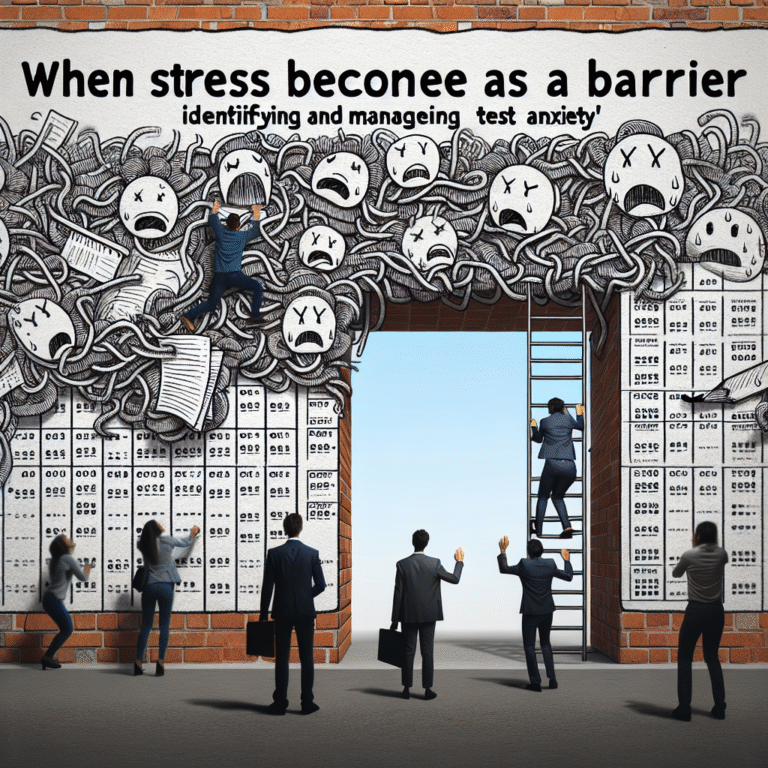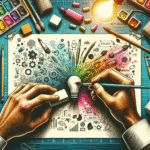
Introduction
Imagine standing before a classroom filled with eager learners, each seeking to absorb knowledge like a sponge. But behind every engaged student lies a complex cognitive process that plays a pivotal role in their learning journey—working memory. In this age of information overload, understanding the mechanics of Memory in Action: Exploring the Role of Working Memory in Education has never been more crucial. Working memory is not merely a passive storage system; it actively supports learning, problem-solving, and critical thinking abilities. This article dives deep into the fascinating world of working memory and its undeniable impact on education, providing insights, case studies, and practical applications that highlight its importance.
What is Working Memory?
Working memory refers to the cognitive system responsible for temporarily holding and manipulating information. It acts as a mental workspace where relevant details are kept at the forefront of our minds, enabling us to perform tasks such as reasoning, learning, and comprehension. Key components of working memory include the phonological loop, visuospatial sketchpad, and the central executive.
-
Phonological Loop: This subsystem deals with verbal and auditory information. For example, remembering a phone number long enough to dial it involves the phonological loop.
-
Visuospatial Sketchpad: This component manages visual and spatial information. When navigating through a new environment, the visuospatial sketchpad helps us keep track of our surroundings.
- Central Executive: Serving as the control center, the central executive allocates resources between the phonological loop and visuospatial sketchpad.
Understanding how these components function together is vital for educators who wish to harness the power of working memory in their teaching strategies.
The Importance of Working Memory in Education
Working memory plays a fundamental role in various educational activities. From reading comprehension to problem-solving in mathematics, educational achievement heavily relies on how effectively students can utilize their working memory.
Enhancing Learning through Working Memory
Working memory influences how students grasp new concepts, connect ideas, and engage in critical thinking. Research indicates that students with higher working memory capacity often perform better in academic settings, demonstrating that Memory in Action: Exploring the Role of Working Memory in Education is not just a theoretical concept but a vital educational principle.
Case Study: Math Performance and Working Memory
Consider a study conducted by Alloway and Alloway (2010), which assessed the working memory of 200 students across different grades. The findings revealed a direct correlation between working memory capacity and mathematics performance. Students with higher working memory scores excelled in problem-solving tasks, while those with lower scores struggled, particularly with multi-step problems that required the manipulation of numerical data.
Analysis: This study exemplifies the essence of Memory in Action: Exploring the Role of Working Memory in Education. It demonstrates the necessity of fostering working memory to improve academic performance in mathematics, guiding educators to develop targeted strategies to boost this critical cognitive resource.
Strategies to Support Working Memory in the Classroom
Educators can implement various strategies to enhance working memory among students. Here are some practical approaches:
-
Chunking Information:
Breaking information into smaller, manageable chunks can significantly assist students in retaining information. For instance, when teaching vocabulary, introducing words in groups based on themes helps students make connections, thus easing the cognitive load on their working memory. -
Multimodal Learning:
Engaging different senses can strengthen memory retention. For example, combining visuals, auditory cues, and hands-on activities can create a richer learning experience, making it easier for students to process and remember information. -
Regular Rehearsal:
Encouraging students to review information regularly can reinforce memory retention. Techniques like spaced repetition—where students revisit material over increasing intervals—can be particularly effective. -
Mind Mapping:
Utilizing mind maps allows students to visually organize information. This technique not only aids memory retention but also encourages critical thinking, as students explore relationships between various concepts. - Limit Distractions:
A structured and focused learning environment minimizes distractions, allowing students to concentrate better on the task at hand. Implementing quiet times or setting clear expectations can create a conducive atmosphere for learning.
Case Study: Mind Mapping in Action
A study led by Buzan and Associates highlighted how mind mapping improved information retention by up to 20%. Students who engaged in mind mapping could recall details about complex subjects more effectively than traditional note-taking methods.
Analysis: This case underlines the significance of Memory in Action: Exploring the Role of Working Memory in Education, showcasing a tangible method for enhancing working memory that educators can easily implement.
The Connection Between Working Memory and Learning Styles
Each student possesses unique learning preferences that can impact how they utilize working memory. For instance, visual learners may benefit from graphic organizers, while auditory learners might excel through discussions and verbal interactions. Understanding these learning styles can enhance how we apply the principles of working memory in the classroom.
Tailoring Teaching Approaches
Educators should aim to incorporate diverse teaching methods to cater to various learning styles. By doing so, they can ensure that all students have the opportunity to enhance their working memory effectively.
Case Study: Mixed-Method Teaching Approaches
A study observed the impact of diverse teaching methods in a third-grade classroom. When educators combined visual aids, hands-on activities, and verbal instruction, students showed a marked improvement in engagement and retention rates.
Analysis: This study underscores the importance of varied instructional strategies in Memory in Action: Exploring the Role of Working Memory in Education, demonstrating effective classroom practices that enhance memory and comprehension.
Challenges to Working Memory in Learning
While working memory is an essential function, various factors can impede its efficacy. Recognizing these challenges is critical for developing effective solutions.
-
Cognitive Overload:
Excessive information presented at once can overwhelm students. This overload limits their ability to process and retain information effectively, making them less likely to succeed academically. -
Stress and Anxiety:
Emotional factors like stress and anxiety can negatively impact working memory. When students are anxious, their cognitive resources may become strained, reducing their ability to focus and learn. - Attention Deficits:
Conditions such as ADHD can significantly influence a student’s working memory capacity. This often leads to difficulties in completing tasks that require sustained attention and cognitive effort.
Strategies to Overcome Challenges
Combating these challenges is paramount in creating an effective learning environment. Here’s how:
- Set Realistic Expectations: Helping students recognize their limitations and celebrate small successes can build their confidence and reduce anxiety.
- Teach Stress-Reduction Techniques: Incorporating mindfulness practices or breathing exercises can lower stress levels and enhance focus.
- Use Visual Supports: Visual schedules or prompts can help students with attention deficits remain oriented and engaged in learning tasks.
The Role of Technology in Supporting Working Memory
In this digital age, technology offers innovative solutions to bolster working memory. Interactive apps and programs aimed at cognitive training can help students exercise their working memory in fun and engaging ways.
The Efficacy of Educational Technology
Platforms designed to foster critical thinking, such as coding games and problem-solving simulations, can provide enriching experiences that benefit working memory. Engaging students with multimedia resources also supports varied learning styles, thereby reinforcing the principles of Memory in Action: Exploring the Role of Working Memory in Education.
Case Study: Cognitive Training Apps
Research has shown that students who engaged with working memory training apps saw improvements in academic performance over time. One notable example is the study on the Cogmed program, which trains working memory through a series of adaptive exercises.
Analysis: This reinforces the concept that incorporating technology can enhance educational outcomes, providing evidence of how Memory in Action: Exploring the Role of Working Memory in Education is being transformed by modern tools.
Conclusion
The significance of working memory in education cannot be overstated. As we’ve explored throughout this article, effective strategies, tailored educational approaches, and an understanding of the challenges students face can create a vibrant learning environment that maximizes the potential of every student. By recognizing the power of Memory in Action: Exploring the Role of Working Memory in Education, educators can not only improve academic performance but also enhance lifelong learning skills.
The key takeaway is simple: invest in working memory as a resource. Employ diverse teaching strategies, embrace technology, and prioritize mental well-being to ensure all learners can thrive.
FAQs
Q1: What is working memory?
A1: Working memory is a cognitive system that temporarily holds and manipulates information. It is essential for tasks such as learning, reasoning, and comprehension.
Q2: How does working memory affect academic performance?
A2: Higher working memory capacity correlates with better academic outcomes, as it helps students process, retain, and manipulate information effectively.
Q3: What strategies can enhance working memory in students?
A3: Techniques include chunking information, using multimodal learning approaches, regular rehearsal, and mind mapping.
Q4: How can stress and anxiety affect working memory?
A4: High levels of stress and anxiety can impair cognitive function, leading to reduced working memory capacity and focus.
Q5: What role does technology play in supporting working memory?
A5: Educational technology, such as cognitive training apps, provides interactive methods for students to enhance their working memory skills while engaging in learning tasks.
By understanding and leveraging the principles of Memory in Action: Exploring the Role of Working Memory in Education, we can transform the learning experience for students and empower them to unlock their fullest potential.




